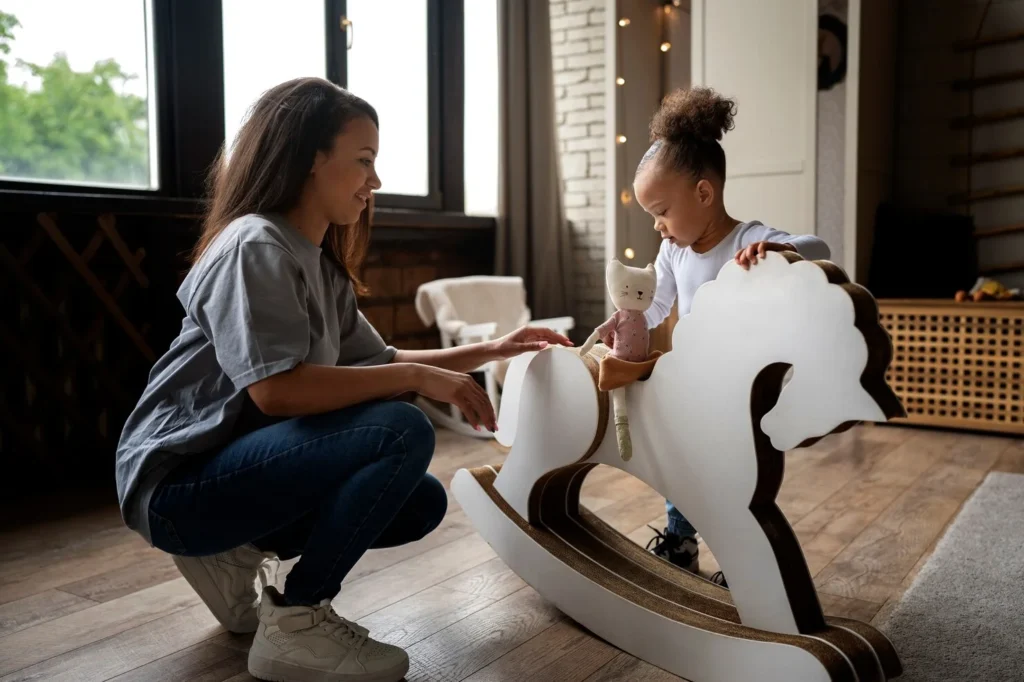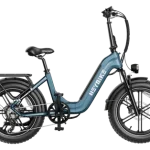Introduction
If you’ve ever struggled to keep your child focused and comfortable during homework time or noticed them fidgeting endlessly at the kitchen table, you’re not alone. Many parents face similar challenges, especially if their child has sensory processing issues. Enter sensory chairs—a seemingly simple solution that’s making waves in the world of children’s education. In this article, we’ll explore how sensory chairs can revolutionize your child’s learning experience and why you might want to consider one for your home or classroom.
Understanding Sensory Processing and Learning
Sensory processing is the way our brains take in and react to sensory information from our surroundings. While most children process this information naturally, some may struggle, leading to challenges in focusing, sitting still, or even feeling comfortable in their own skin.
When a child struggles with sensory processing, it can significantly impact their ability to learn. Imagine trying to focus on a math problem while feeling like your clothes are too itchy or the classroom lights are too bright. These distractions can make it nearly impossible for some kids to concentrate. Sensory chairs are designed to address these sensory needs, creating a more conducive learning environment.
What Are Sensory Chairs?
Sensory chairs are specialized seating options designed to meet the unique sensory needs of children. They come in various forms, from wobble chairs that allow for movement to weighted lap desks that provide calming pressure. The goal is to help children feel more grounded and focused, making it easier for them to engage in learning activities.
Benefits of Sensory Chairs in Learning Environments
1. Improved Focus and Attention
One of the most significant benefits of sensory chairs is their ability to help children focus. The gentle movement or calming pressure provided by these chairs can help kids stay engaged and attentive during learning activities. For example, a child who struggles to sit still during storytime might find it easier to focus while gently rocking in a sensory chair.
2. Enhanced Comfort and Reduced Anxiety
Sensory chairs can also create a more comfortable and less anxiety-inducing environment. For children who are easily overwhelmed by sensory input, a sensory chair can offer a sense of security and calm. This comfort can make a world of difference, especially in a busy classroom setting.
3. Better Posture and Physical Health
Many sensory chairs are designed to promote better posture, which is crucial for physical health. Wobble chairs, for instance, encourage children to sit up straight and engage their core muscles. This can help prevent the back and neck pain that often comes with poor posture.
4. Real-Life Success Stories
Parents and teachers alike have shared numerous success stories about the positive impact of sensory chairs. For example, one parent noted that their child, who has ADHD, was able to complete homework assignments more efficiently after introducing a wobble chair. Another teacher observed a significant reduction in classroom disruptions after incorporating sensory chairs into the learning environment.
Sensory Chairs and Children with Special Needs
1. Benefits for Children with ADHD
Children with ADHD frequently face challenges related to hyperactivity and impulsivity. Sensory chairs can provide an outlet for their excess energy, making it easier for them to focus on tasks. The gentle movement of a wobble chair or the calming pressure of a weighted lap desk can help these children stay on track.
2. Benefits for Children with Autism
For children with autism, sensory chairs can provide a feeling of stability and comfort. The soothing motion of a rocking chair or the reassuring weight of a lap desk can help alleviate anxiety and enhance focus. Many parents of autistic children report significant improvements in their child’s ability to participate in learning activities after introducing a sensory chair.
Choosing the Right Sensory Chair for Your Child
Here are some tips:
– Age and Size: Make sure the chair is suitable for your child’s age and size. A chair that’s too big or too small won’t be effective.
– Specific Sensory Needs: Consider what type of sensory input your child needs. Do they benefit from gentle movement or calming pressure?
– Learning Environment: Think about where the chair will be used. A wobble chair might be ideal for a classroom, while a rocking chair could be better for a quiet reading nook at home.
Additional Tools and Strategies to Support Sensory Processing
In addition to sensory chairs, there are other tools that can help support sensory processing:
– Fidget Spinners: These small devices can provide a satisfying sensory experience and help children focus.
– Sensory Bins: Filled with items like rice, beans, or sand, sensory bins offer a tactile experience that can be calming.
– Balance Stepping Stones: These stones provide an engaging way for kids to develop balance and coordination, which can be crucial for overall sensory integration.
Conclusion
Sensory chairs have the potential to be a game-changer in your child’s learning experience. By addressing their unique sensory needs, these chairs can help improve focus, reduce anxiety, and create a more comfortable learning environment. Whether your child has ADHD, autism, or simply struggles with sensory processing, a sensory chair could be the key to unlocking their full potential.
Call to Action
Have you tried a sensory chair for your child? We’d love to hear about your experiences! Share your stories in the comments below. And if you found this article helpful, don’t forget to subscribe to our blog for more tips and advice on children’s education.







